The 5 Best Roofing Companies in Fayetteville, NC for 2024
How do you find the best roofers? Ask an experienced roofing contractor who knows all the other roofing contractors in Fayetteville NC!
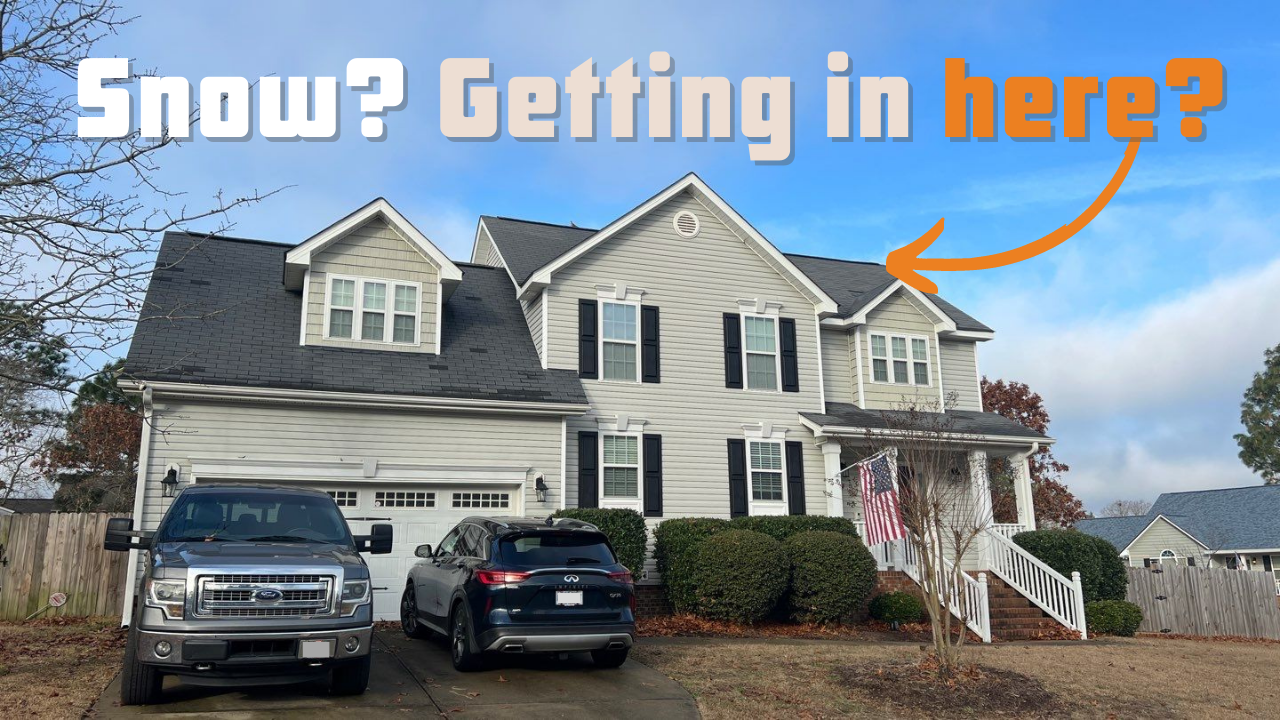
When winter comes, it often brings with it some beautiful scenes. Trees become bare, creeks freeze over, and snow blankets the neighborhood.
When snow blows through town, we get a lot of calls from homeowners finding one specific issue: snow getting in their attic. When people find snow in their attic, it can be alarming at first, because they aren’t used to seeing moisture get into our homes like that.
However, I can assure you, a small dusting of snow getting into your attic will not damage your home and doesn’t mean that your roof is leaky or malfunctioning.
In this blog, we’ll be going over:
Alright, let's get started!
Snow often gets into our attics as a result of high-speed, horizontal winds, which can blow moisture through attic exhaust vents.
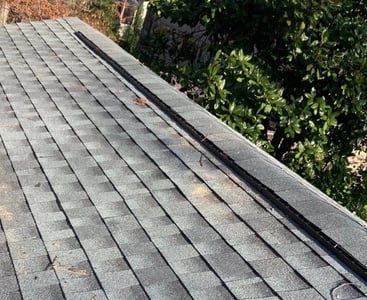
Very common in today’s homes are ridge vents, which let air out through a gap in the ridge of the roof. Water droplets or snowflakes that typically run right over the gap in a normal scenario, get blown in by the horizontal winds.
Water is very difficult to notice when it gets blown in, as it is in such small quantities that it just dries up. Snow on the other hand, is much easier to see as it may accumulate before melting and evaporating.
Snow is also more likely to be blown in than water. Since they are so small, snowflakes tend to act more like dust than water, allowing them to be pushed around more easily.
In these small dust-like snow doses, little to no damage will occur, and there isn’t much to be worried about. In situations like this, having a little snow does not mean that your roof was incorrectly installed. The flakes are tiny and can slip through even the finest of filters, just like normal dust.
In this circumstance, the snow will melt and evaporate, just like water would, leaving without a trace it was ever there.
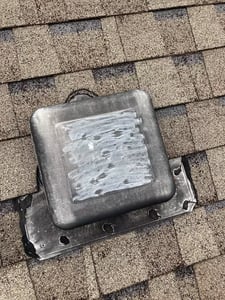
It's difficult to say how much snow should cause alarm, as in our area of North Carolina, the type of weather that would cause this only occurs once every couple of years.
This type of buildup is very rare in this area, as we don't often get the right amount or type of snow. If you are having several inches of snow in your attic every year or other year, it may mean that you have a break, leak, or installation error in your roof.
Given that we live in an area of the country that does not receive this kind of blistering weather often, there isn’t much to be done for a rare dusting of snow.
Here in NC, and other parts of the South, we use a type of ridge vent that is optimized for maximum airflow in the summer months. Up north, the ridge vent they use prevents the snow from getting in, but restricts the airflow in the summer. That trade-off is much more reasonable in snowier markets because they don't get quite as hot in the summer.
If it does happen, don’t panic. The amount of moisture that will come from it won’t do any significant damage. The best way to deal with it is the same way you’d clean up snow you tracked inside your front door.
If you received a very large quantity of snow in your attic, you may want to have a professional come to make sure your ventilation system was installed properly, and check for leaks.
Attics are ventilated by allowing for warm, older air to exit the roof, and letting colder, fresh air come into the attic. This is very often done by placing intake vents near the bottom of the roof, and exhaust vents near or at the top of the roof. As cold air comes in through the intake, the warm air will exit, and establish the airflow needed to keep your attic properly ventilated.
There are two main types of ways to ventilate your attic, each method with different types of attic vents associated with them. Those types are active attic vents, and passive attic vents.
Active attic ventilation systems use some kind of mechanism, whether it be electricity, or airflow, to actively pull stale air out of your roof.
The fresh air is brought in at the bottom of the attic, usually though a passive vent, and then pulled out by the active vent sitting at the top of the roof.
The most common kinds of active exhaust vents are either turbine vents or powered vents.
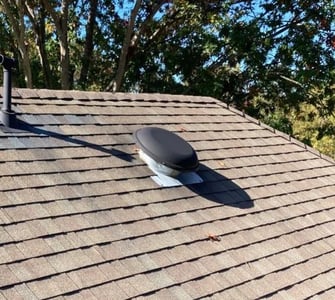
Turbine vents use the power of the wind, or rising heat to suck the air out of the space below it. If breeze is blowing of at least a few miles an hour, it can spin pretty quickly, and move out a lot of air. The vent can still move without wind however, as the rising hot air will also cause it to slowly spin, forcing out more air.
Powered vents are usually operated by wiring into your home’s electricity, or through an attached solar panel. Either way, they use that energy to run a fan located at the top of the attic, pulling air through the roof.
Passive attic ventilation systems are pretty much the exact opposite of the more active sorts. They allow air to enter exit your roof by just existing and letting the warmer air rise through the top of your roof, to be replaced by cooler air.
Soffit vents are the most common type of passive intake vent. They let air in through the underside of your roof’s soffit, which hangs over the edge of the home.
Drip edge vents function similarly to soffit vents, except by creating a lip under the drip edge. They aren’t quite as efficient as soffit vents, so they’re only usually recommended for use on roofs without enough space for a vent under the soffit.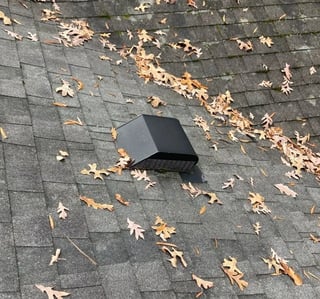
There are also two major types of passive exhaust vents. These days, ridge vents are becoming more and more popular, as they are a very low-profile way to let air out of the roof. They also do a great job as they let air directly out of the ridge of the roof, which is the highest point where the warmest air will collect.
For homes that don’t have a long enough ridgeline to get the whole job done, a box vent, also known as a roof louver, might be a good option. They still attract much less attention than either of the active vents, and can be placed in areas of your roof that won’t affect the look of your home.
Now that you’ve learned some more about snow getting into your attic through your attic vents, I hope you’re not feeling any more worried about any issues that would come from that!
If you’re still feeling some discomfort, reach out to a reputable, experienced roofing company to come inspect your ventilation to make sure there’s nothing worse happening!
On Tops Roofing has been providing attic vent repair and replacement services to Raleigh homeowners since 1991! Whatever your roofing project needs, we’re on it!

How do you find the best roofers? Ask an experienced roofing contractor who knows all the other roofing contractors in Fayetteville NC!
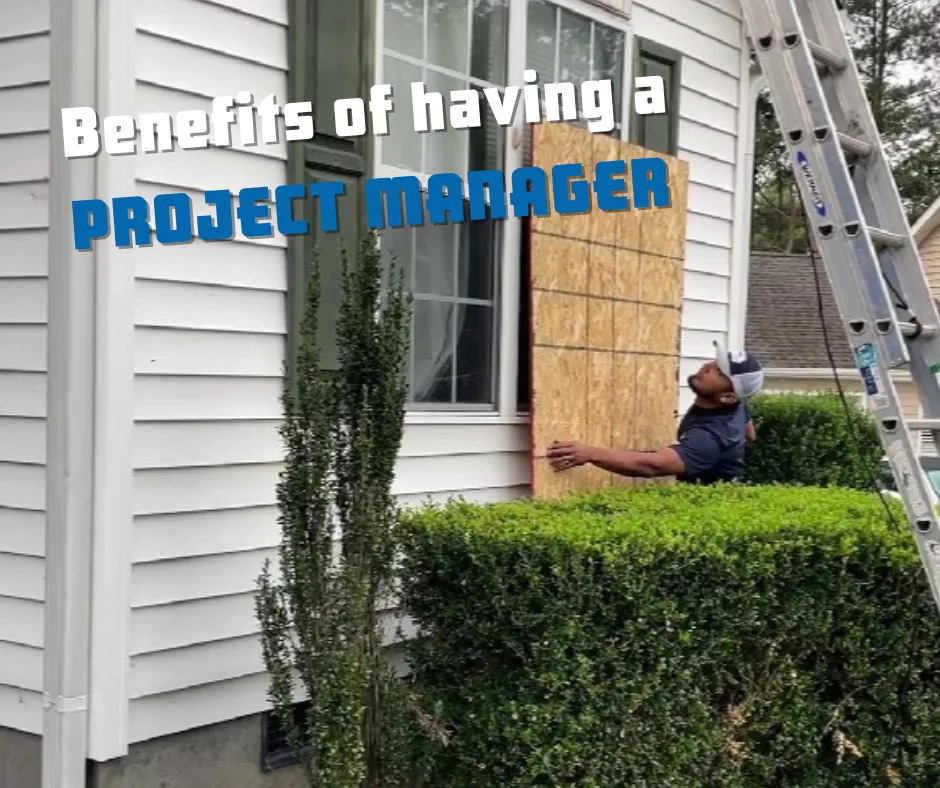
A roof replacement is a substantial undertaking, and the key to a successful project often lies in the hands of the project manager. This individual...
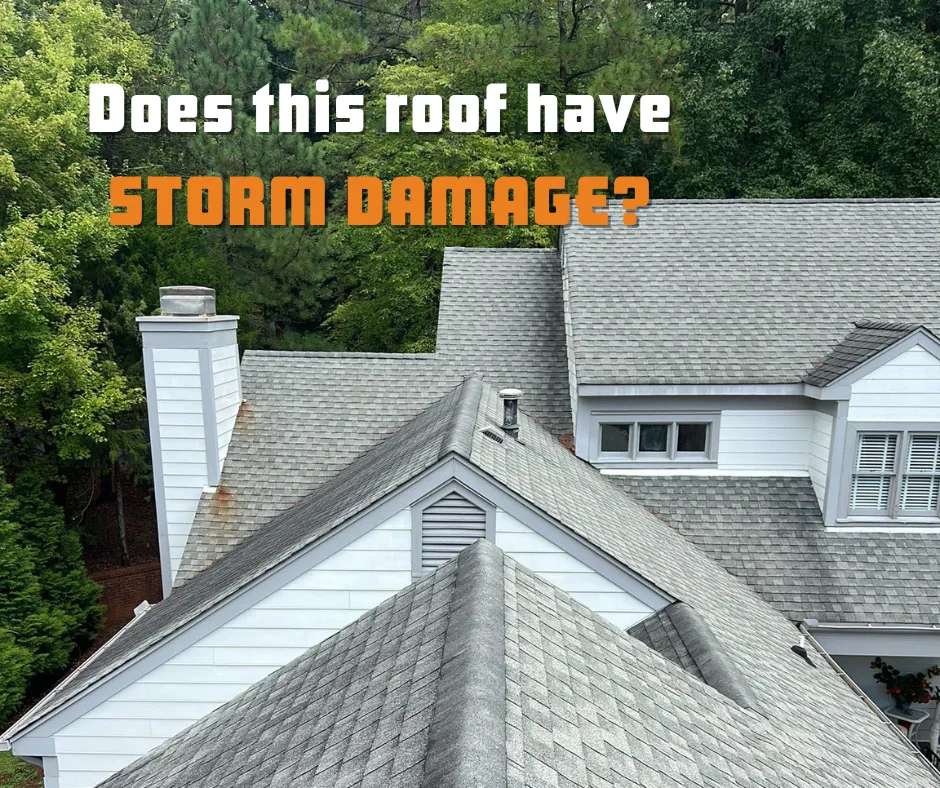
If you’ve recently experienced a storm, you should probably take some time to investigate your roof for signs of damage left by that storm.